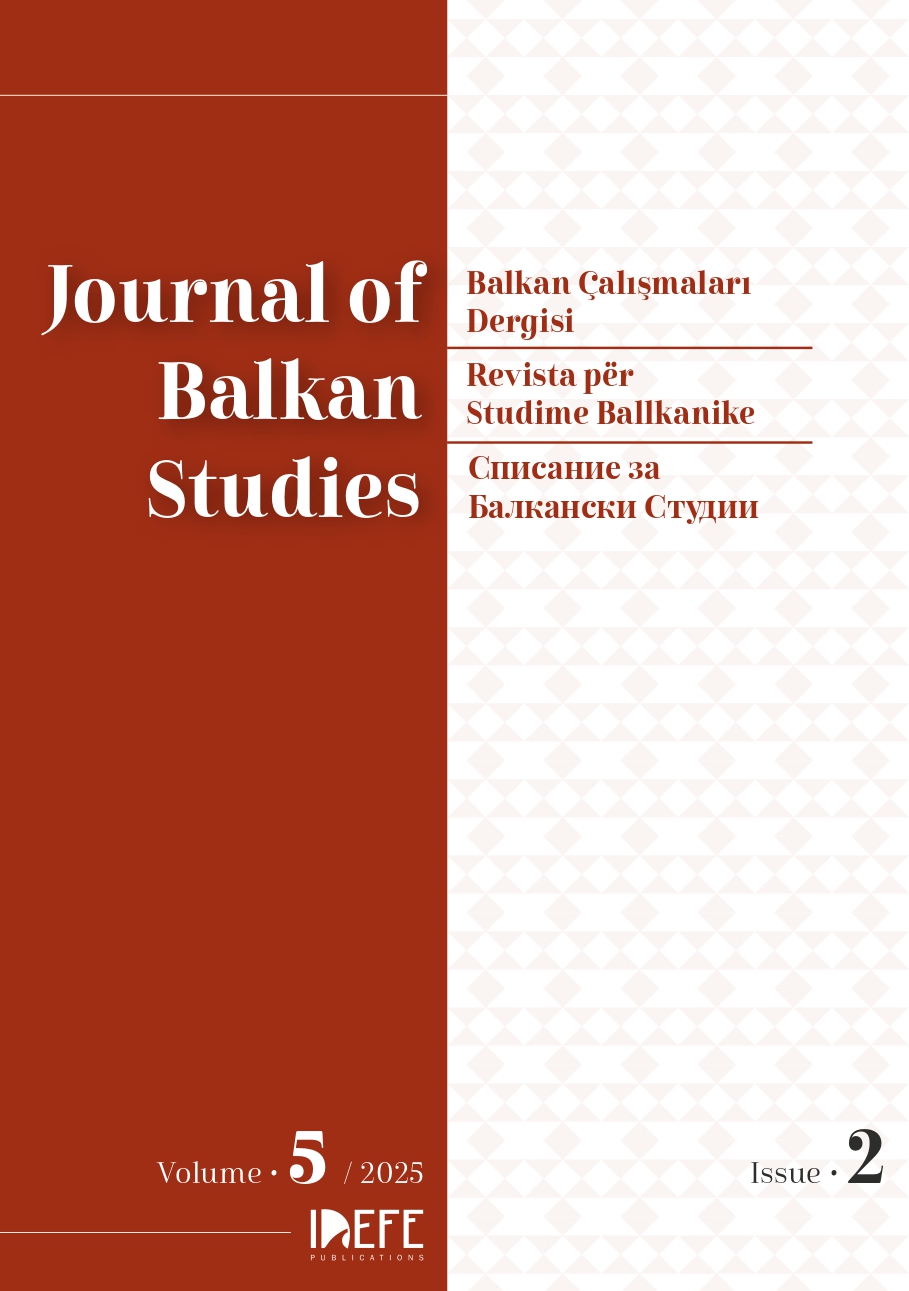MALEČKOVÁ, JITKA. “THE TURK” IN THE CZECH IMAGINATION, BRILL RODOPI, LEIDEN-BOSTON, 2021. ISBN: 978-90-04-44079-1, S. 240.
KİTAP İNCELEMESİ: MALEČKOVÁ, JITKA. “THE TURK” IN THE CZECH IMAGINATION, BRILL RODOPI, LEIDEN-BOSTON, 2021. ISBN: 978-90-04-44079-1, S. 240
One of the nations perceiving the Ottoman-Turkish image as ‘other’ is the Czechs. The perception of images of the ‘other’ in Western eyes is more related to ‘collective memory’. This is one of the main problematics of Malečková's study, which seeks to explore the uniqueness of the Czechs' own orientalist perspectives on the Ottoman-Turkish image in comparison to other tribes in Europe. The adventure of the book, which consists of four chapters, concentrates on explaining the main motifs in the interaction of the two nations, which have transitioned from empire to nation-state, with each other through the theory of imagology.
The continuity in the images of the ‘other’ in Czech-Turkish relations is noteworthy for the timeliness of the study. Malečková has associated the Ottoman-Turkish image in European and Czech eyes in particular with ‘Christian hostility’. Malečková identifies that the stereotypes about the Middle East have formed a perception of ‘Turk=Muslim, Muslim=Turk’ and that this attitude is applied even to Slavic Muslims. Another important contribution of the book to the literature is the history of how Orientalism and Orientalist studies were problematised from the Western perspective and according to which criteria their arguments were determined.
In the Czech imagination, the Ottoman-Turkish imaginary has positive and negative correspondences. Political tensions between the two nations, cooperation and travelling for various purposes paved the way for the formation of images. This ground has led the Czechs to reveal their collective memory of ethnic nations. In the light of this context, the main argument of the study is to discuss and problematise whether the Czechs have a ‘Turk’ of their own.
Osmanlı-Türk imajını “öteki” olarak algılayan uluslardan birisi de Çeklerdir. Batı gözünde “öteki” imajlarının algılanışı, özellikle “kolektif bellek” ile ilişkilidir. Malečková’nın çalışmasının ana sorunsalından birisi olan bu durum, Çeklerin Avrupa’daki diğer uluslara kıyasla, Osmanlı-Türk imajını kendi oryantal perspektiflerine göre aramaya yöneliktir. Dört bölümden oluşan kitabın serüveni, İmparatorluktan ulus-devlete geçen iki ulusun, birbirleriyle olan etkileşimlerindeki ana motifleri, “imgebilim” kuramıyla açıklamaya yoğunlaşmıştır.
Çek-Türk ilişkilerindekş “öteki” imajı bir “süreklilik” arz eder. Bu durun çalışmanın güncelliğini koruyan niteliklerden birisidir. Malečková, genelde Avrupa özelde ise Çek gözünde Osmanlı-Türk imajlarını, genel olarak “Hristiyan düşmanlığı” ile ilişkilendirmiştir. Ortadoğu hakkındaki kanıksanmış kalıpların; “Türk=Müslüman, Müslüman=Türk” algısını doğurduğunu tespit eden Malečková, bu önyargıların, Slav ırkına dahil olup Müslüman olan milletlere de uygulandığını nitelemiştir. Kitabın literatüre önemli katkılarından bir diğeri, Şarkiyat ve Oryantalizm çalışmalarının Batı gözüyle nasıl sorunsallaştırıldığı ve argümanlarının hangi ölçütlere göre tespit edildiğinin tarihçesinin anlatılmasıdır.
Çek imgeleminde Osmanlı-Türk imgeleminin olumlu-olumsuz karşılıkları vardır. İki ulus arasındaki siyasi gerilim, iş birliği ve çeşitli amaçlarla yapılmış seyahatler imajların oluşmasına zemin hazırlamıştır. Bu zeminse Çeklerin etnik uluslara dair gelişen kolektif belleğini açığa çıkarmasına neden olmuştur. Bu kapsam ışığında çalışmanın temel argümanı, Çeklerin kendilerine ait bir ‘Türk’lerinin olup olmadığının tartışılması ve var olan imajların bir sorunsal olarak ele alınmasıdır.

Copyright (c) 2025 Barkın Burak Bingöl (Author)
This work is licensed under a Creative Commons Attribution-NonCommercial 4.0 International License.
Downloads
Article Information
- Article Type Book Reviews
- Submitted June 19, 2025
- Published July 30, 2025
- Issue Volume 5 - Issue 2 (July 2025)
- Section Book Reviews






